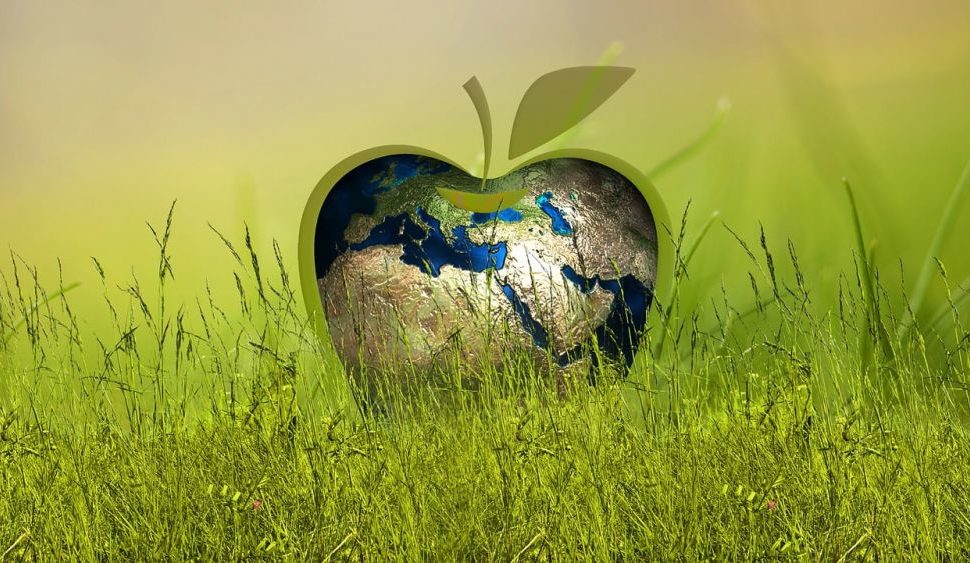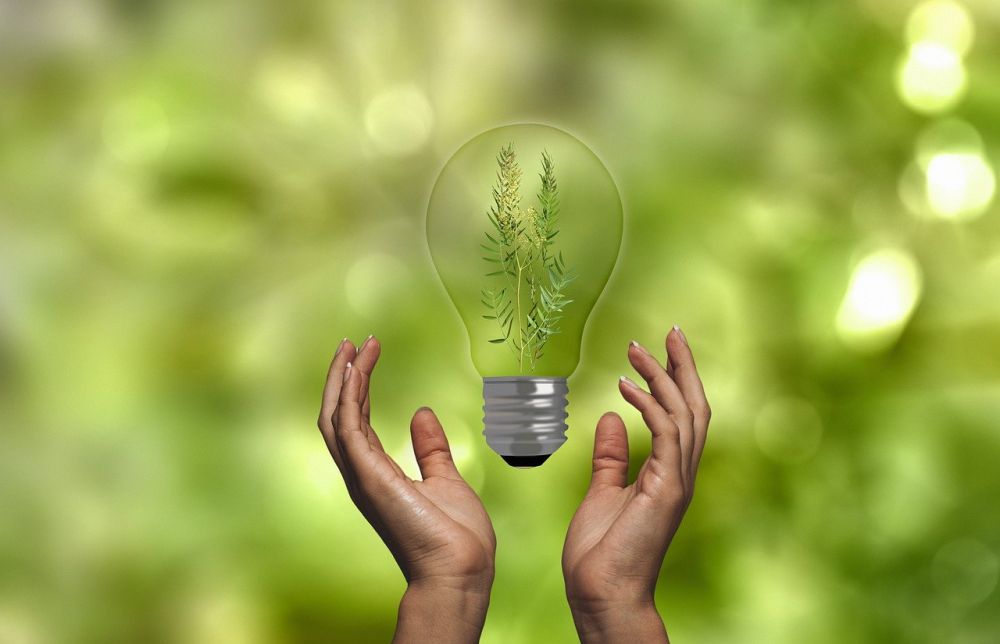Bæredygtighed Engelsk: A Guide to Sustainable Living in English

Introduction:
In today’s world, sustainable living has become a topic of great importance, attracting the attention of individuals and businesses alike. This article aims to provide a comprehensive overview of bæredygtighed engelsk (sustainable living in English) and offer valuable insights for those interested in this subject. Whether you are an individual looking to incorporate sustainable practices into your daily life or a business seeking to adopt environmentally-friendly measures, this article will serve as a useful guide.
The Evolution of Bæredygtighed Engelsk:

Sustainable living has come a long way over the years, experiencing a significant transformation as awareness about environmental issues has grown. From humble beginnings, sustainable practices have now become a mainstream concept, influencing various aspects of our lives. Here, we will delve into the historical development of bæredygtighed engelsk:
1. Early Days of Environmental Awareness:
– During the mid-20th century, societal concerns about pollution and resource depletion began to emerge.
– Pioneering individuals and organizations started promoting conservation and waste reduction practices.
2. The Emergence of Sustainable Development:
– In the 1980s, the United Nations’ Brundtland Commission introduced the concept of sustainable development, defining it as “development that meets the needs of the present without compromising the ability of future generations to meet their own needs.”
– This landmark report brought global attention to the importance of long-term sustainability.
3. Sustainable Living in the 21st Century:
– With the rapid advancement of technology and a deeper understanding of environmental issues, sustainable living has gained significant momentum.
– Individuals and businesses alike have embraced practices such as recycling, energy efficiency, and ethical sourcing.
– The adoption of renewable energy sources, such as solar and wind power, has also witnessed a substantial increase.
Key Elements of Sustainable Living in Englis
Now, let’s explore some key aspects of bæredygtighed engelsk, providing you with actionable steps to incorporate sustainable practices into your life or business:
1. Energy Efficiency:
– Evaluate your energy consumption and find ways to reduce it, whether it be through installing energy-efficient appliances, improving insulation, or using natural light effectively.
– Consider investing in renewable energy sources, such as solar panels, to reduce your reliance on fossil fuels.
2. Waste Reduction and Recycling:
– Implement a comprehensive recycling system at home or in the workplace, ensuring that waste is sorted correctly.
– Reduce single-use plastics by opting for reusable alternatives, such as cloth bags or stainless steel water bottles.
3. Sustainable Transportation:
– Encourage the use of public transportation, carpooling, or cycling as a means of reducing carbon emissions.
– If feasible, consider investing in electric or hybrid vehicles for a more sustainable mode of transport.
4. Ethical Consumerism:
– Make conscious choices when it comes to purchasing products and supporting businesses.
– Look for certifications, such as Fair Trade or organic labels, that guarantee ethical and sustainable production practices.
5. Conservation and Preservation:
– Support local environmental initiatives and organizations dedicated to preserving natural habitats and endangered species.
– Engage in activities that promote conservation, such as planting trees and participating in beach clean-ups.
[INSERT VIDEO HERE]
Conclusion:
Bæredygtighed engelsk encompasses a wide range of practices that aim to minimize our impact on the environment and promote the well-being of future generations. By incorporating sustainable living into our daily lives, we can make a meaningful difference in the fight against climate change and resource depletion. Whether as individuals or businesses, it is our collective responsibility to embrace bæredygtighed engelsk and shape a more sustainable future.
Sources:
– “Our Common Future: Brundtland Report.” United Nations Sustainable Development. [Insert URL]
– Green, S. H., et al. “Sustainability and Environmental Responsibility: History, Challenges, and Recent Progress.” ACS Sustainable Chemistry & Engineering, vol. 7, no. 10, 2019, pp. 8894-8912.
















































